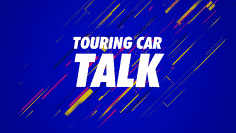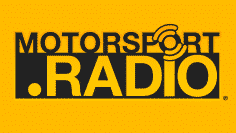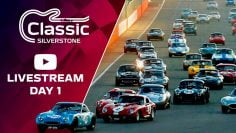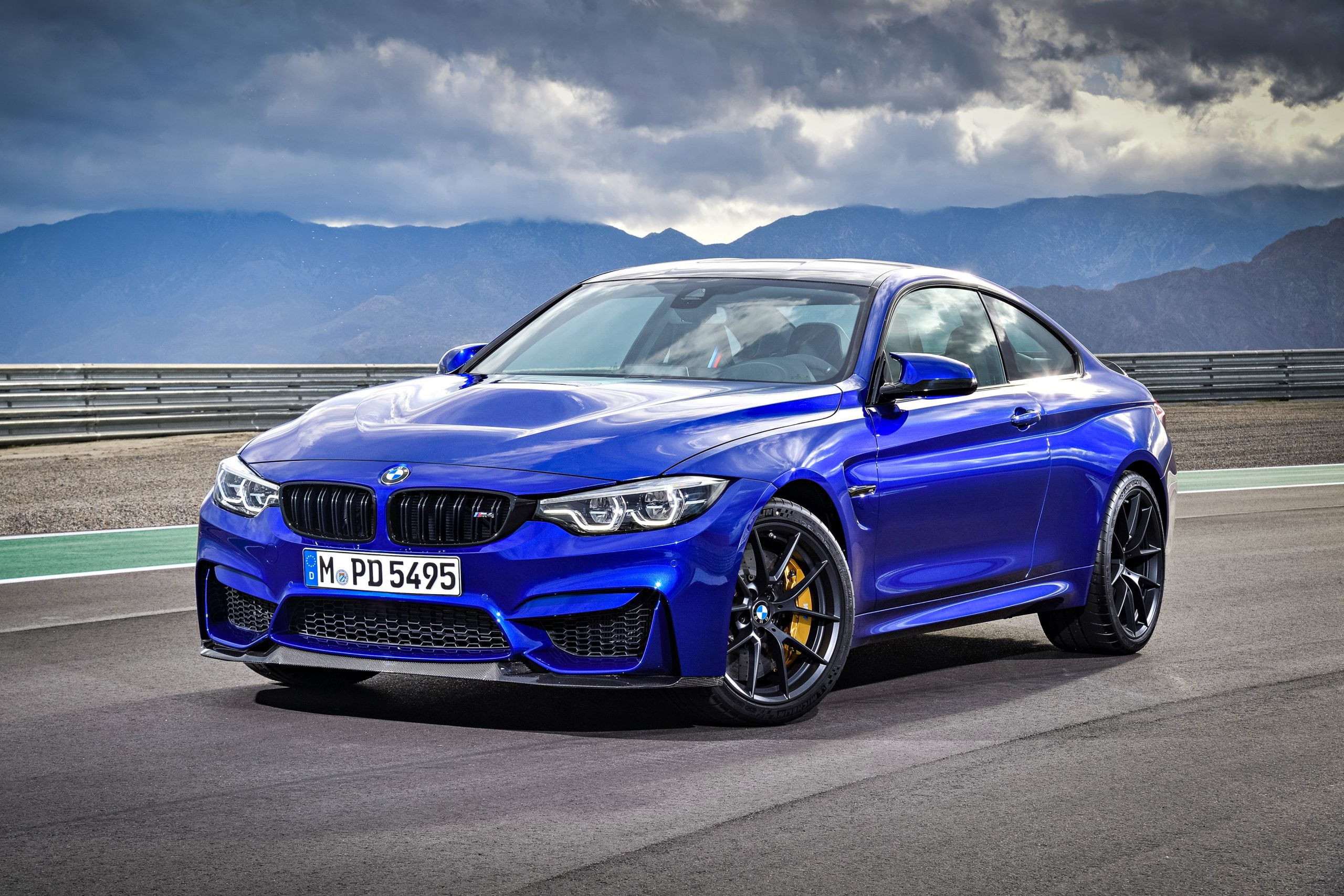
Opinion: Which brand should replace Holden in Supercars?
In February earlier this year, GM announced the demise of the legendary Holden brand.
Taking effect in 2021, Supercars will lose the most successful manufacturer in the category’s illustrious history.
With only a handful of months left until a replacement could be on the grid, and a multitude of marques still in contention, here’s a comprehensive look at what we might see in Supercars’ near future.
Although the Holden name won’t be present in 2021’s campaign, it is important to note that the current ZB Commodore bodies will continue to race. This means that the ZBs, who to some fans are nothing more than rebadged Opels, will not be accredited as Holdens next year.
However, it is yet to be known how many teams will opt to run the unbranded shells for the upcoming season. For example, Walkinshaw Andretti United’s Team Principal, Ryan Walkinshaw, stated in February that his team will not run ZB bodies in 2021.
The alternative options are simply either racing Ford Mustangs, or a completely new manufacturer altogether.
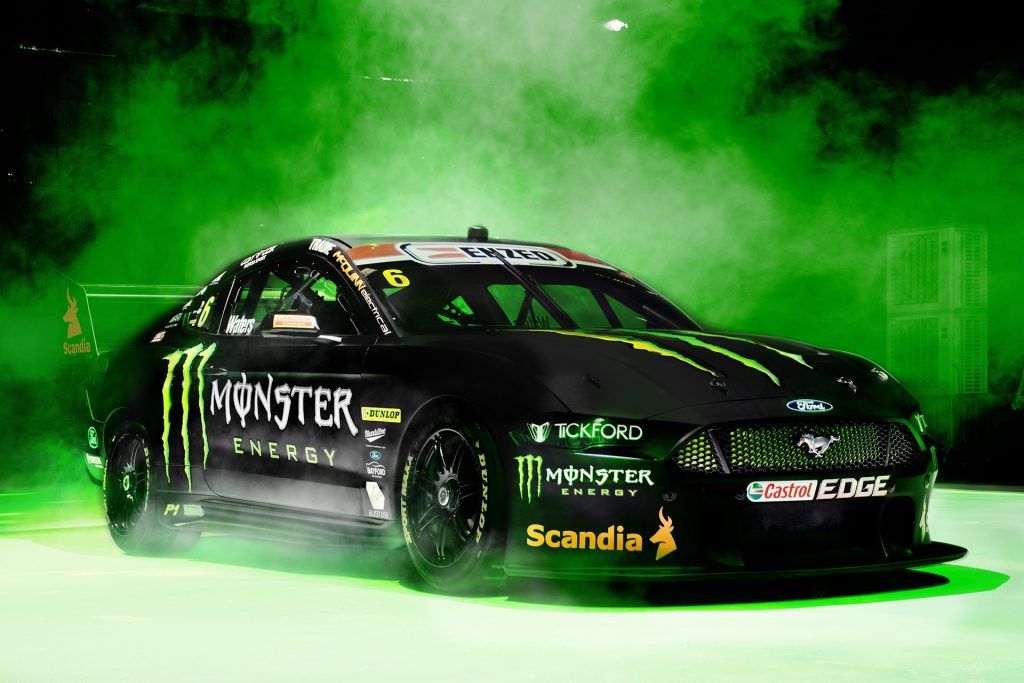
The introduction of Gen3 regulations in 2022 further throw a cat amongst the pigeons regarding Holden’s replacement. Supercars’ CEO, Sean Seamer, has openly admitted that 2-door sportscars will be a “core part” of this scheme.
The Ford Mustangs currently ran in the category fit this bill, but are forced to operate heightened roofs to meet today’s regulations. However, Gen3 dimensions will see roll hoops lowered by 100mm in order to entice more 2-door models to the series, eliminating this issue.
As a result, there a plenty of options that could be perhaps be introduced to Supercars.
Recent news about the Chevrolet Corvette C8 is deeply intriguing when regarding the category. Chevy have been tipped to join the series ever since the Mustang was revealed as the Falcon’s successor in 2018, but it was always predicted that the Camaro would be their car of choice – the model’s discontinuation from 2023 quickly put these thoughts to bed.
However, latest revelations confirm that the Corvette will be shipped to Australia in right-hand-drive configuration, skipping usual conversions through the Walkinshaw Automotive Group. This will be done by pairing GM’s Specialty Vehicles (GMSV) sector with HSV in Australia.
Due to this factory backing and Australian-targeted market, the C8 could have become the prime suspect for replacing Holden in Gen3. Sadly, the car’s mid-engine layout restricts it from entering the series, unless Supercars unveil some groundbreaking regulation changes.
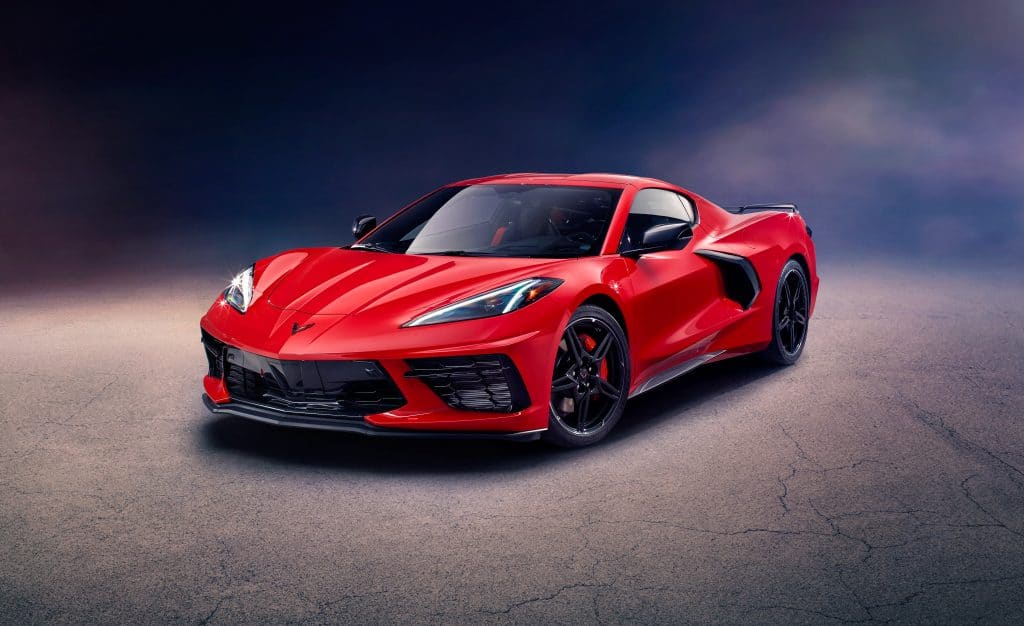
The final contender with strong Australian connections is Mopar Vehicles – their dealings with the likes of Dodge and Chrysler in the country will most likely place them as the fans’ favourite to fill Holden’s shoes.
The Challenger and 300 models from their lineups, respectively, would best suit the Supercars Championship. However, both share significant flaws; the Challenger is not best famed for motorsport outside of drag racing, and the 300s do not fit Gen3’s 2-door ambitions.
European (namely German) brands are renowned for their motorsport heritage, and Supercars in fact explored this from 2013 to 2015 through the E-Class Mercedes. BMW and Audi are plausible contenders for the grid come 2022, armed with their M4 and RS5 models.
Sadly, Audi’s recent departure from the DTM is perhaps a strong indication of their mindset when it comes to touring car racing. BMW, on the other hand, are witnessing plenty of success in the BTCC, and may wish to flex their ability elsewhere, despite not being the go-to name Down Under.
On the contrary, Asian manufacturers enjoy a large number of sales in Australia, and should be very willing to join the Supercars cohort. Kia’s Stinger GT model would work perfectly in the category, with a low-lying body and a decent following in the country.
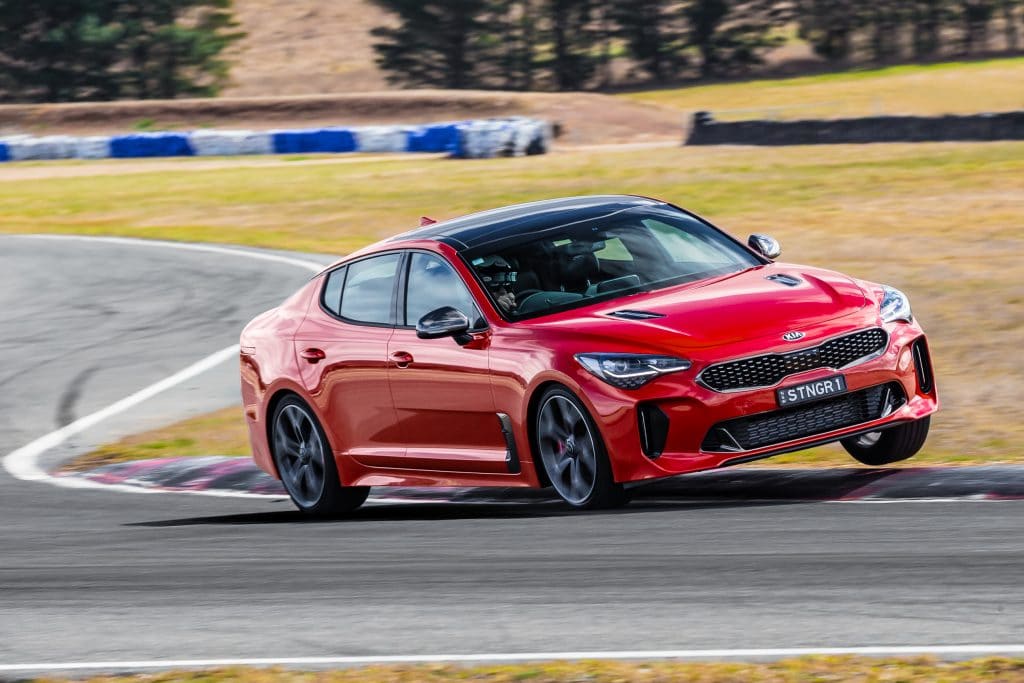
Contemplating over every possibility, it is of little surprise that no concrete decision has yet been made, and why so many fans differ in opinion.
Whether welcomed or not, Holden’s demise acts as a much needed catalyst for more names in the category. Most supporters would rather this over a control engine to reduce running costs, and Gen3 will surely open the door to new manufacturers, hopefully steadying Supercars’ uncertain future.
Truth be told, if 2022 sees a grid filled with Mustangs, M4s and Stinger GTs, I wouldn’t be one to complain.



![Private: [ID: 71rYi-xncgM] Youtube Automatic](https://motorradio-xijqc.projectbeta.co.uk/wp-content/uploads/2024/08/private-id-71ryi-xncgm-youtube-a-1-360x203.jpg)
![Private: [ID: 1SfHxvC8Doo] Youtube Automatic](https://motorradio-xijqc.projectbeta.co.uk/wp-content/uploads/2024/07/private-id-1sfhxvc8doo-youtube-a-1.jpg)
![Private: [ID: H6XRkf6kROQ] Youtube Automatic](https://motorradio-xijqc.projectbeta.co.uk/wp-content/uploads/2024/07/private-id-h6xrkf6kroq-youtube-a-1-360x203.jpg)
![Private: [ID: Kb6w-qAmKls] Youtube Automatic](https://motorradio-xijqc.projectbeta.co.uk/wp-content/uploads/2023/12/private-id-kb6w-qamkls-youtube-a-360x203.jpg)
![Private: [ID: CcpwYw20k3k] Youtube Automatic](https://motorradio-xijqc.projectbeta.co.uk/wp-content/uploads/2024/07/private-id-ccpwyw20k3k-youtube-a-360x203.jpg)
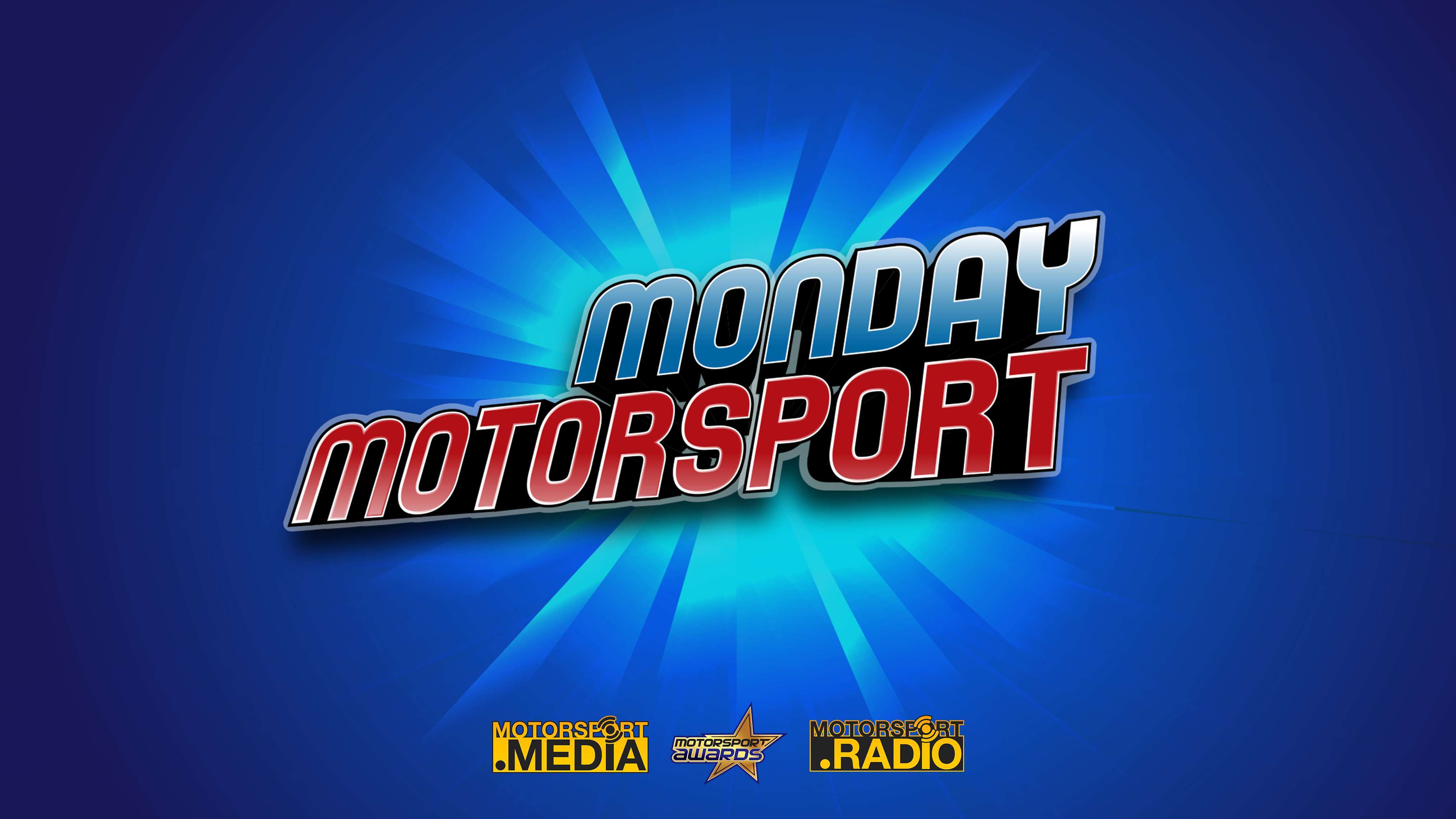
![[ID: x1SiRC5jhW4] Youtube Automatic](https://motorradio-xijqc.projectbeta.co.uk/wp-content/uploads/2022/04/id-x1sirc5jhw4-youtube-automatic-360x203.jpg)
![[ID: lMZ8lAeLubk] Youtube Automatic](https://motorradio-xijqc.projectbeta.co.uk/wp-content/uploads/2022/04/id-lmz8laelubk-youtube-automatic-360x203.jpg)
![[ID: GAYCcnqyFo4] Youtube Automatic](https://motorradio-xijqc.projectbeta.co.uk/wp-content/uploads/2022/04/id-gayccnqyfo4-youtube-automatic-360x203.jpg)
![[ID: Gg142H296QY] Youtube Automatic](https://motorradio-xijqc.projectbeta.co.uk/wp-content/uploads/2022/04/id-gg142h296qy-youtube-automatic-360x203.jpg)
